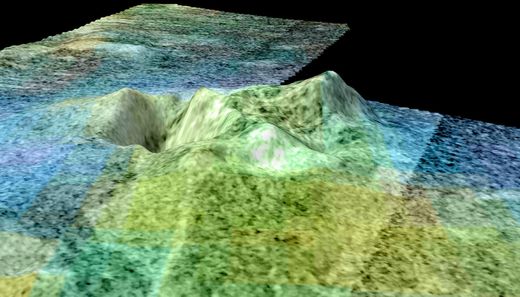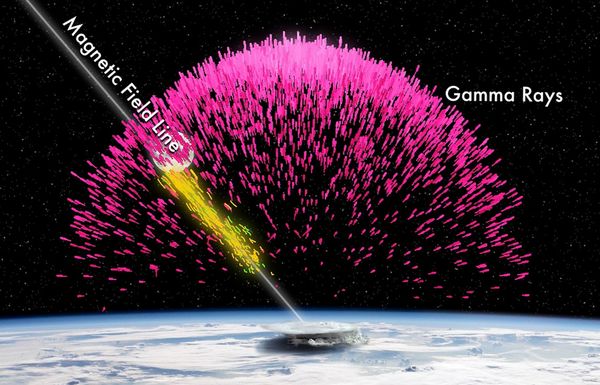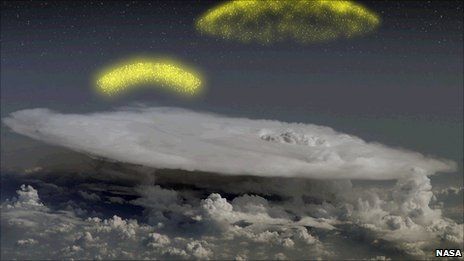
© Nicholas Longrich/Yale UniversityXenicibis xympithecus, a flightless bird in Jamaica that belonged to the ibis family, used its wings as a powerful club.
An extinct bird from Jamaica used its wings as a powerful clublike weapon, according to a new study.
Researchers from Yale University and the Smithsonian Institution studied fossils of the flightless prehistoric bird and
reported their findings online in the journal
Proceedings of the Royal Society B. The bird belongs to the ibis family, a group of long-billed, long-legged birds that live in wetlands, forests and plains.
Nearly all other ibises fly. In this particular species, the hand bones are peculiarly elongated and thick, forming a club that the bird could swing forcefully.
"Other birds have weapons, but this is unlike any other," said Nicholas R. Longrich, a paleontologist at Yale and the study's lead author.
Dr. Longrich first encountered the fossil bird, called
Xenicibis xympithecus, in 1997 and had been trying to make sense of its anatomical structure. The bird was discovered in the 1970s by Dr. Longrich's co-author, Storrs L. Olson, a scientist at the Smithsonian Institution, who even then was puzzled by its strange wings.
After studying a variety of living birds, as well as other extinct birds, Drs. Longrich and Olson said that the wings were probably used in combat. Certain types of geese and swans are among modern-day birds that use their wings for that purpose, the report says.











